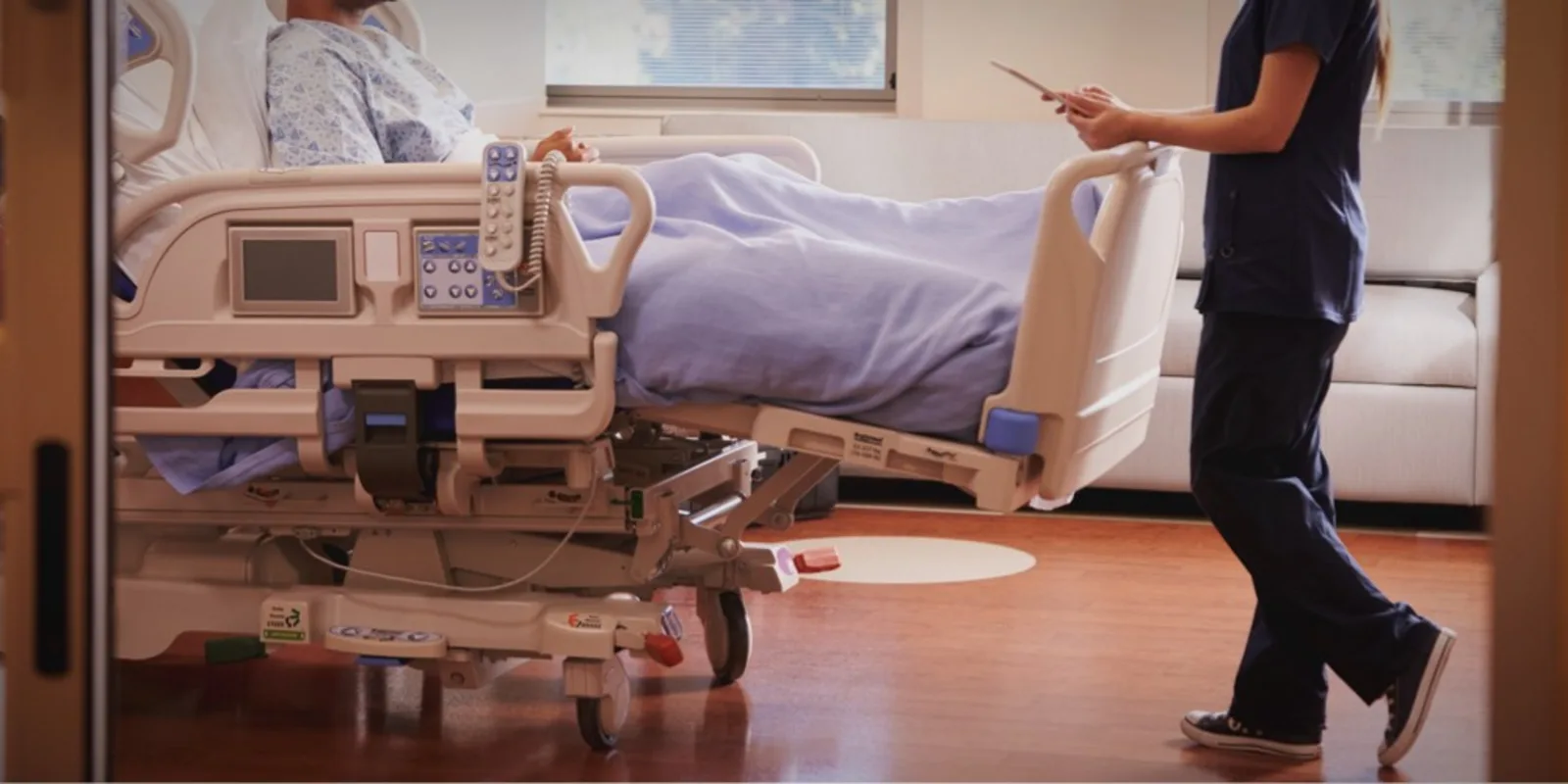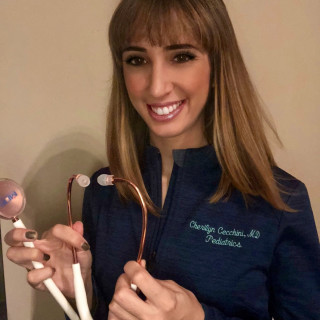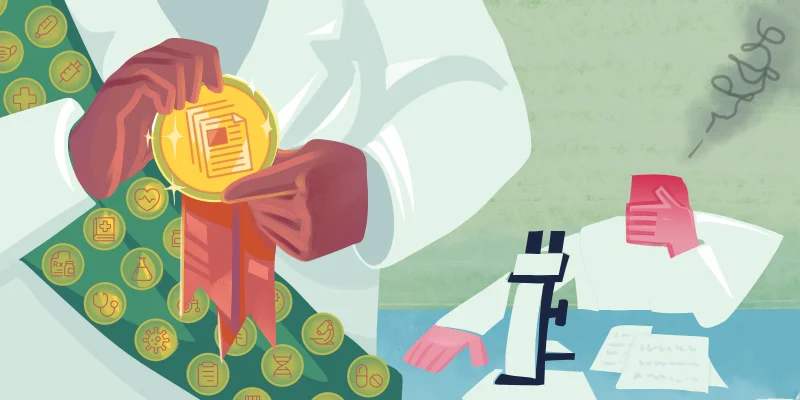
I find myself spending close to an hour on the computer each morning at the hospital. I spend this time dutifully looking up vital signs, labs, recent radiology or pathology results, as well as many other valuable pieces of information about each of my patients. I watch as my colleagues frantically record values while making sure to point out important trends and gross abnormalities.
When we round, there is always a computer on wheels, also known as a “COW,” that joins our team. Numbers are checked and double-checked. Orders are placed. Consults are arranged. Later in the afternoon, I watch my colleagues again sit down to the computer to enslave themselves to additional data mining. Though we briefly see our patients in the morning, we spend a much larger quantity of time in front of a computer.
I understand the importance of monitoring these values , of placing these orders and of repleting electrolytes. At the same time, however, I struggle with the notion that three quarters of my day is spent in front of a computer. I yearn for a lengthier amount of patient interaction in the morning. I try my best to check in with my patients in the late afternoon or early evening.
Still, I feel bereft of genuine patient interaction. At night, I wonder if there is a alternative to this electronically driven model. I find myself hoping to manage my time more effectively, yet acknowledging the fact that responsibilities only continue to expand as I travel further down my career path.
As a patient, I most certainly think I might feel neglected if I only saw my physician for a brief three to five minutes in the morning. Any deterioration of the patient-doctor relationship at the bedside most definitely decreases patient satisfaction. It is likely that the quality of these interactions, when rushed, suffers considerably, with the result that bedside teaching similarly plummets to a sobering low.
While each unique patient serves as an educational opportunity, time constraints effectively eliminate a significant amount of teaching time. Unfortunately, reading articles on the computer describing illnesses simply cannot replace witnessing a patient affected by the condition. A sole graphic is easy to forget, but a picture attached to a patient’s story is forever etched in your mind.
I hope that changes are made that allow for a greater amount of bedside patient-doctor interaction. As I continue my journey in medicine, I will strive to remember the value in directly engaging patients such that I leave my computer unattended as often as I can.







